Strong hamstrings will enable you to pedal efficiently throughout your ride and reduce the risk of injury.
Common forms of pain from cycling, such as back pain, often stem from weak hamstrings. Therefore, your strength training for cycling should work on these oft-neglected muscles.
The muscles used in cycling are primarily the quadriceps at the front of your thigh, followed by the hamstrings. They can be under-developed, leading to muscle imbalances – a frequent cause of cycling knee pain.
While this article will focus on stretching and strengthening your hamstrings, we also recommend foam roller exercises to roll out tight muscles and core training to make your back more resilient to long rides.
As for your road bike position, it's crucial you know how to get your saddle height right. Putting your saddle too high can place too much stress on your hamstrings.
What are your hamstrings?
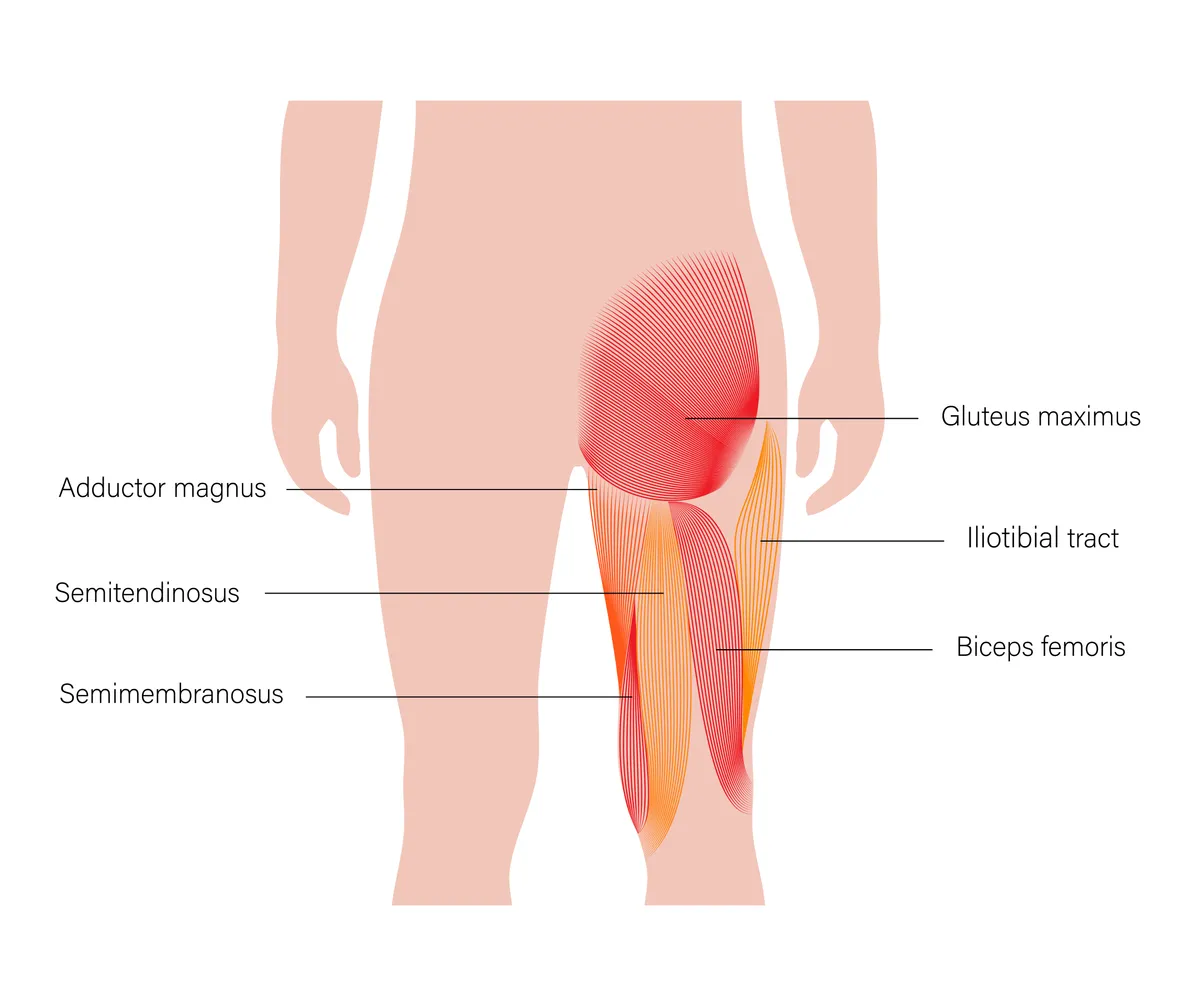
Hamstring is the collective term that’s often used for the posterior (rear) thigh muscles.
They consist of the semimembranosus, the semitendinosus and the biceps femoris muscles – a series of muscles that span the thigh, crossing both the hip and the knee.
The muscles begin just below the buttocks, where they attach to the ischium (the lower part of the hip) and connect onto the top of the lower-leg bones (the tibia and the fibula). Your posterior thigh muscles bend your knee and straighten your hip.
How do your hamstrings work when cycling?

The hamstrings work hardest when you pull your leg up from the bottom of the pedal stroke.
But as the pedalling action does not involve a full hip extension, cyclists can develop tight posterior thigh muscles over time.
Why do my hamstrings hurt when cycling?
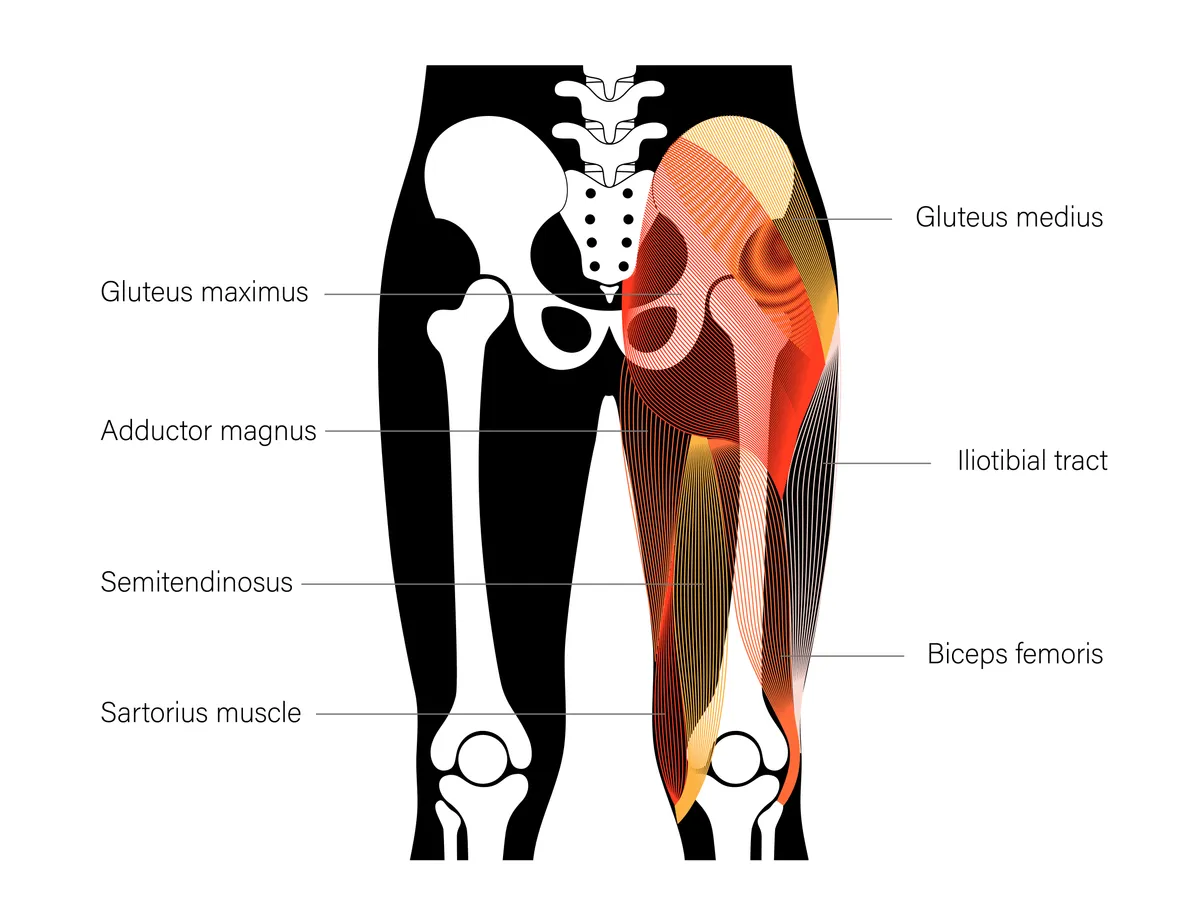
Prolonged cycling, particularly when fatigued, can raise the risk of developing a posterior thigh strain, which usually occurs where the muscle fuses with the tendon (myotendinous junction).
The risk of injury also increases when the posterior thigh muscles become fatigued by pedalling in a low gear and/or maintaining a low cadence.
How to stop hamstrings hurting when cycling
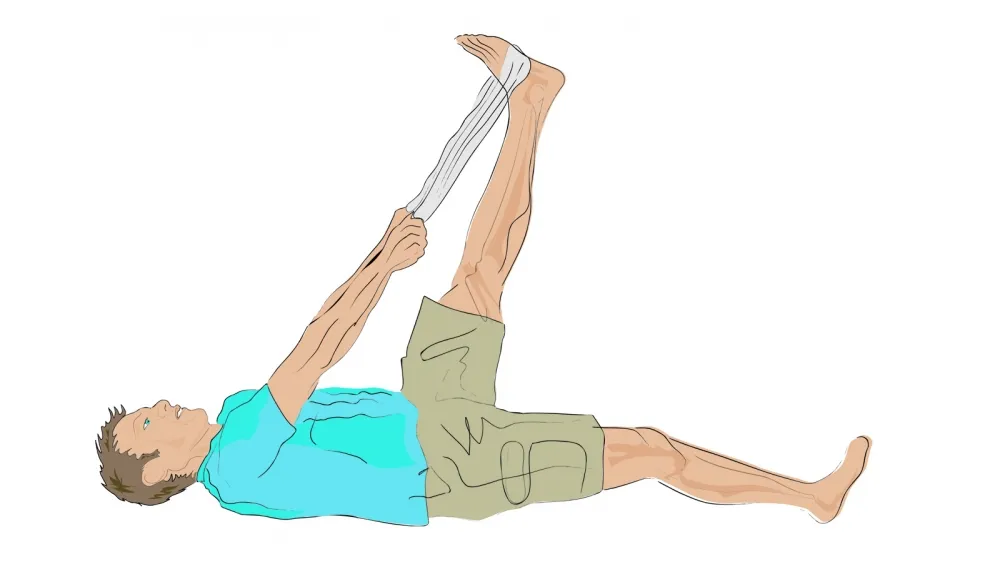
Performing hamstring strengthening exercises two to three times per week can improve your pedalling stroke and lower your likelihood of a muscle strain or tear.
It is also a good idea to stretch your hamstring muscles following a ride, holding each stretch for at least 30 seconds, while taking deep breaths.
Hamstring stretches for cyclists
1. Box Stretch
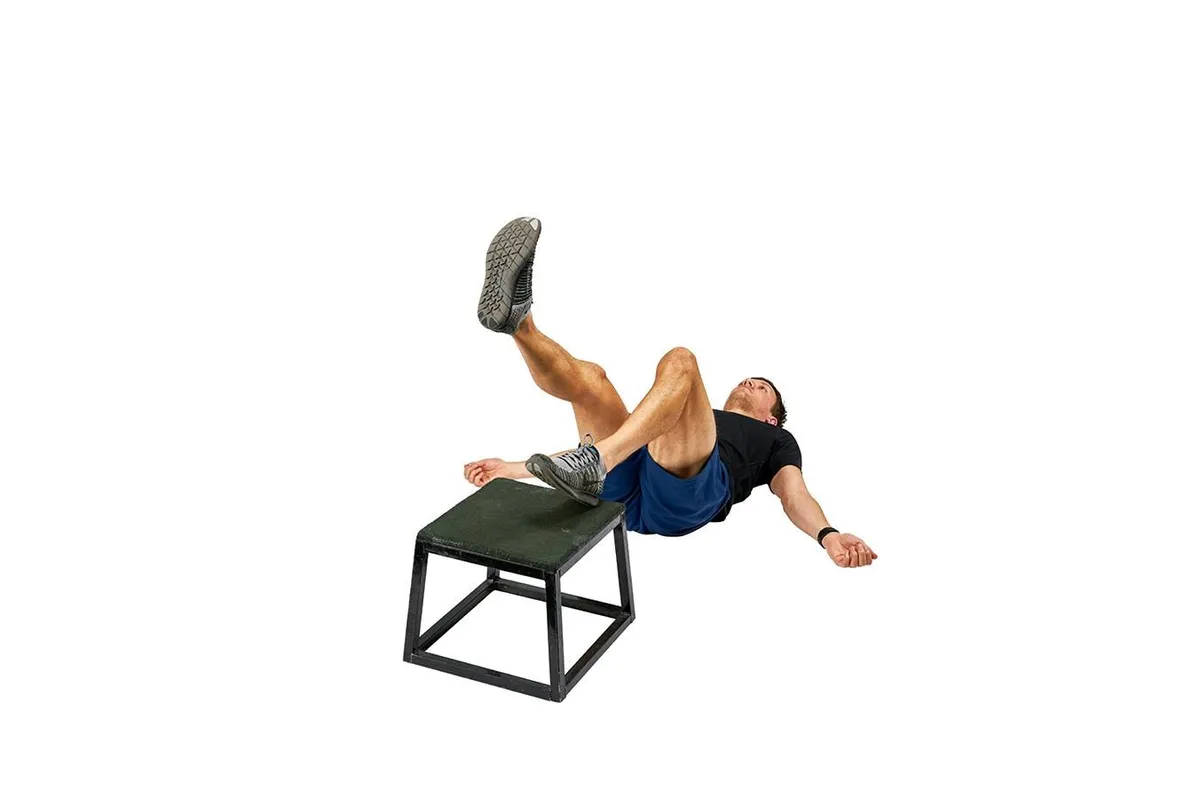
Lie on your back with legs raised to approximately 45 degrees, then bend one leg to rest your foot on a box about 30 to 40cm high.
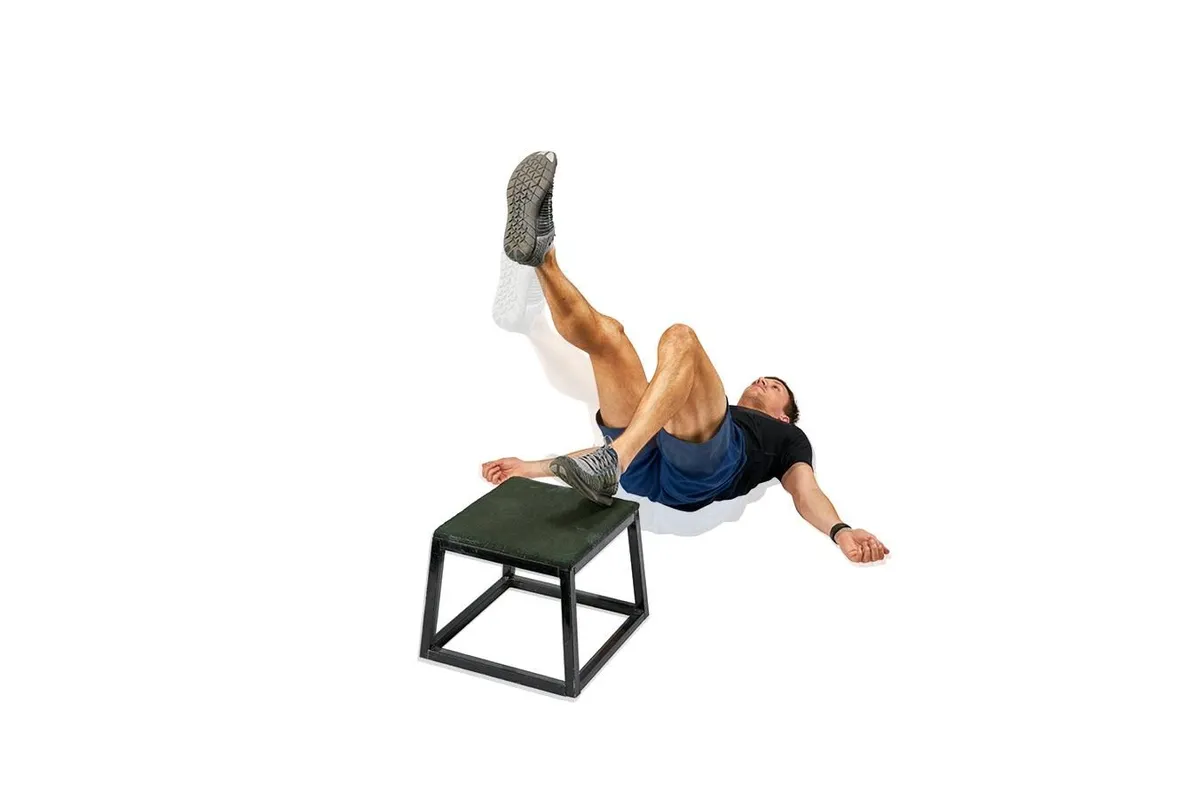
Gently raise your hips while keeping your abs tense and pressing your heel into the box.
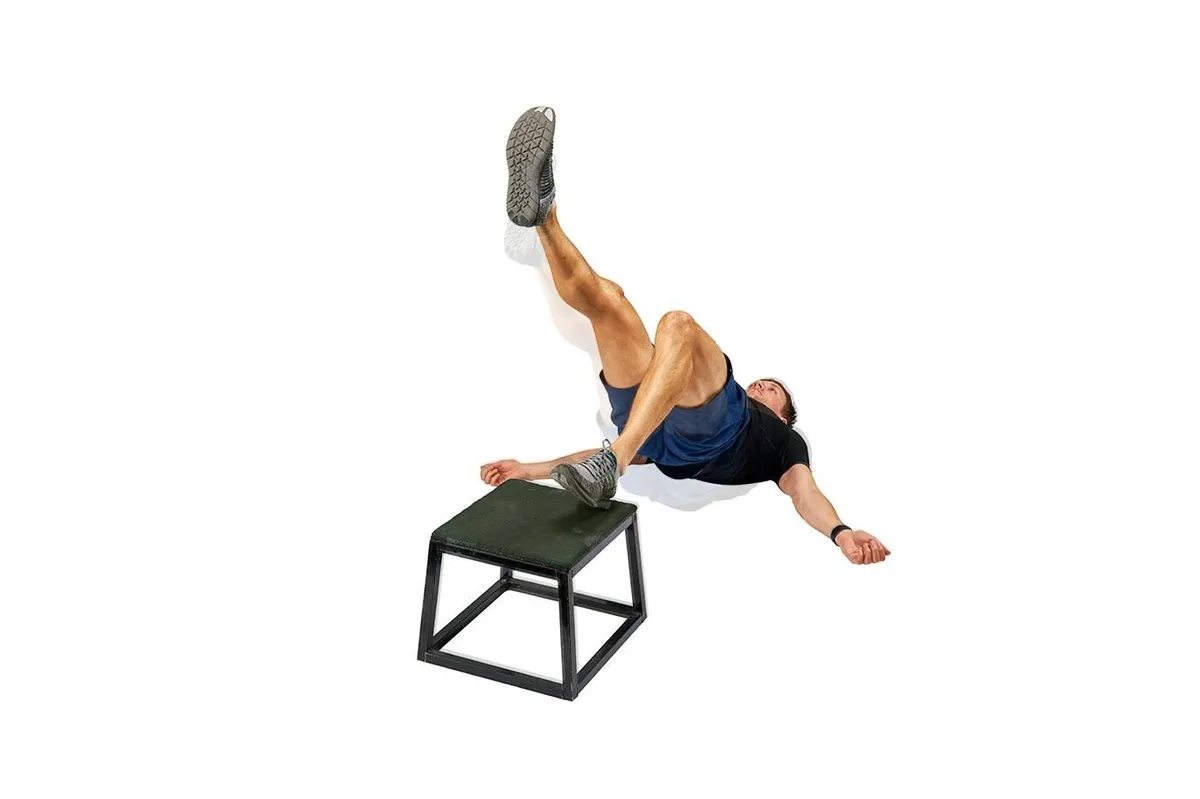
Drive the hips upwards until there is a straight line between your knee, hip and shoulder. Hold this position for two seconds and repeat for 10 to 12 repetitions. Switch legs and repeat.
2. Downward dog pose

The downward dog yoga stretch releases tension in the spine, hips and hamstrings.
Start on all fours and place your hands just in front of your shoulders. Bring your toes forwards.
Breathe out, then with your toes tucked in, raise your knees, straighten your legs and lift your bottom. At the same time, shift onto the soles of your feet and try to push your heels into the ground.

Press through your shoulders to move your buttocks back so you feel your back and hamstrings stretching.
Hold for at least five breaths then repeat several times.
3. Psoas / hamstring counter-stretch
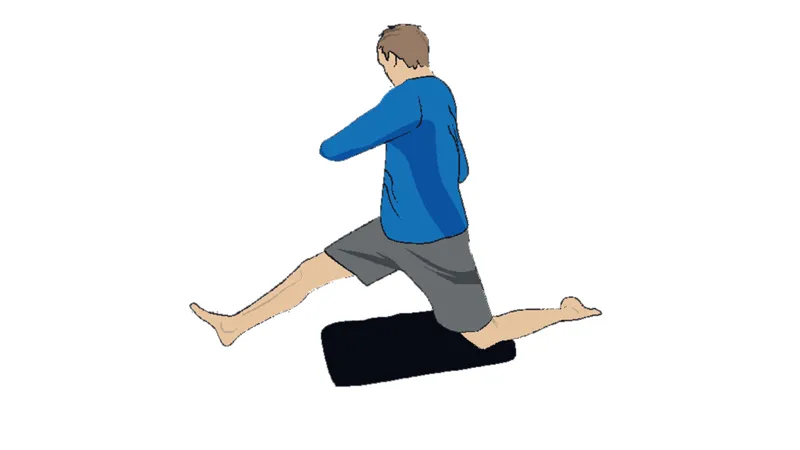
Although called a stretch, this movement will test your core stability and balance.
Kneel down on one knee and then extend the other leg in front of you by gradually easing the heel across the floor.
Make sure not to open out your hips and turn towards the extended leg. This exercise loosens the hamstrings and hip flexors, another area where cyclists tend to be tight.
4. Towel stretch
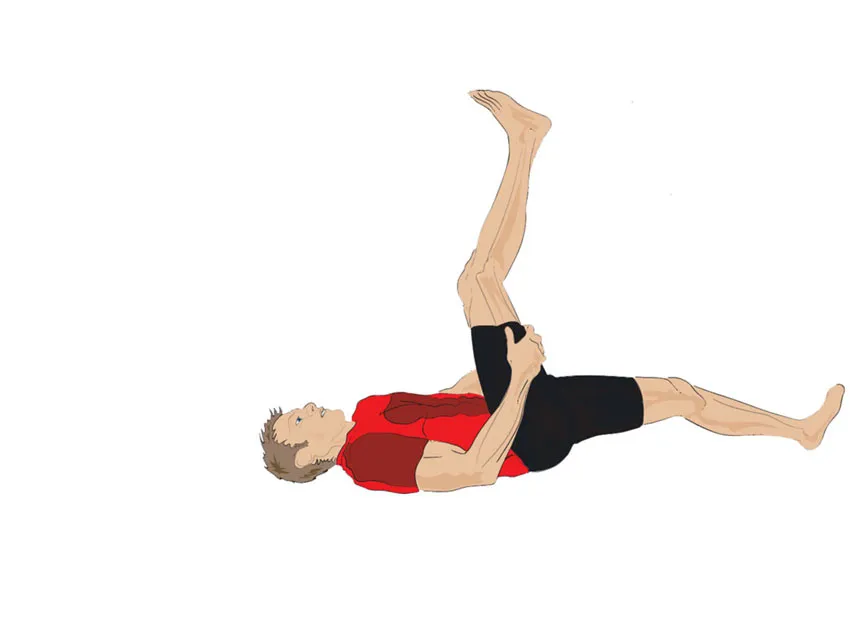
Lie on your back and keep one leg straight along the floor.
Grab the other leg behind the knee and, holding it as straight as feels comfortable, pull the knee towards your head.
A towel around your foot can help put more tension through the muscle and stretch your Achilles too.
5. Sit and reach
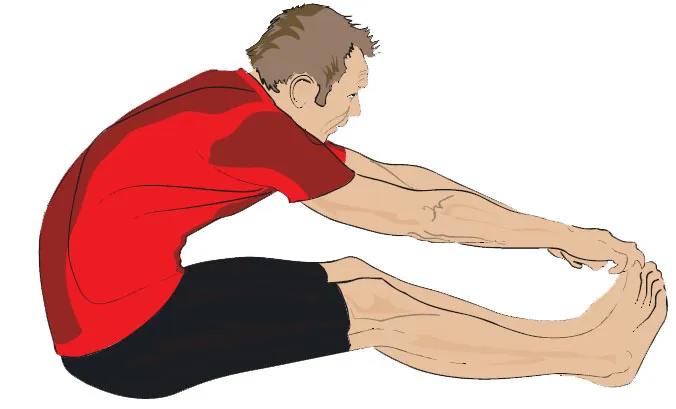
Sit up straight and extend both legs straight out in front of you. Bend forwards from the hips.
Hold onto your feet as far as you can reach – either the tips of your toes or on your soles.
If you're flexible, pulling with a towel can increase the difficulty.
Try to keep your chest up to better stretch the leg muscles.
Hamstring strengthening for cyclists
Our guide on how to get stronger legs for cycling suggests workouts for all the key leg muscles. Here are a selection to bolster your hamstring strength.
1. Hamstring curls
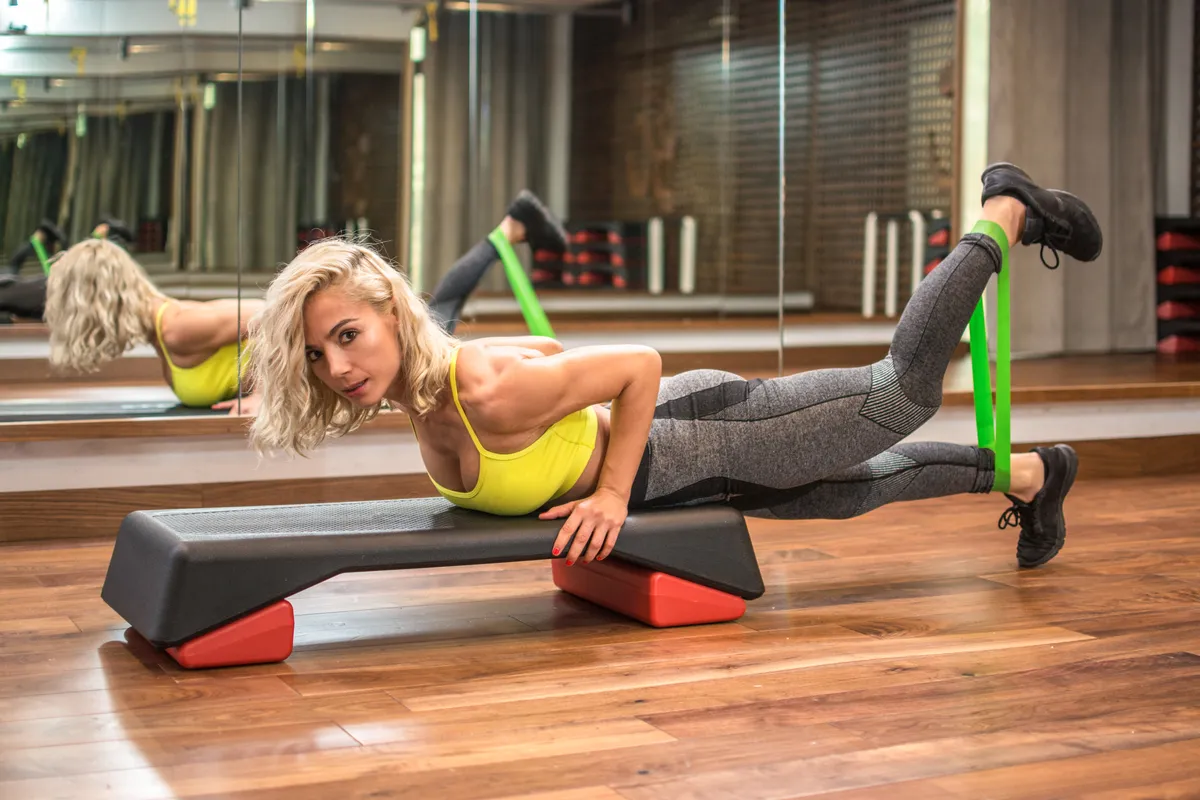
Hamstring curls can be done with bands, leg weights or on a leg curl weight machine for resistance.
To perform the free weight or band variant, lie on your front with your legs out straight behind you.
Bring your feet towards your bottom, hold briefly then slowly lower them to the floor.
Add weight or resistance (with an exercise band) if you don't feel your hamstrings contracting.
Repeat 12 to 15 times and aim for 2 to 3 sets. You can do hamstring curls on a single leg or both at a time.
2. Glute bridge with ball

Despite its name, the glute bridge strengthens your hamstrings too, particularly if you incorporate an exercise ball.
To do this variation, lie on your back with your legs straight and feet balancing on the ball.
Lift your hips and draw your feet (still on top of the ball) towards you.
Hold for a couple of seconds, then slowly lower your hips and straighten your legs, moving the ball away from you.
As this is a hard exercise, aim for 5 to 6 repetitions and 2 to 3 sets.
3. Squats

Squats and all the exercise's variants target the hamstrings in a different way to how we use this muscle group on the bike.
The technique for most squats is to start with your feet shoulder-width apart or slightly wider.
Lower your weight down and back while bending your knees, but making sure they remain in line with your feet.
It's vital your back stays straight, and try to keep your heels on the floor too.
Dropping pretty low is good for cyclists because it replicates a pedal stroke's leg flexion.
Straighten your legs to return to the starting position then do 2 to 3 sets, each containing 10 to 20 reps.

